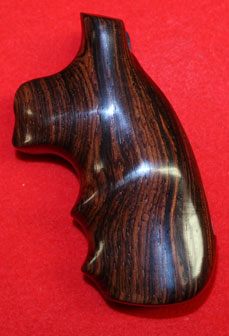


The Smith & Wesson model Smith & Wesson M1917 revolver Wesson's son Joseph Wesson invented and patented the half-moon clip, which was assigned to Smith & Wesson, but at the request of the Army allowed Colt to also use the design free of charge in their own version of the M1917 revolver. Both companies' revolvers utilized half-moon clips to extract the rimless. The interim solution was to ask Colt and Smith & Wesson, the two major American producers of revolvers at the time, to adapt their heavy-frame civilian revolvers to the standard. Army, but even with the additional production there was a shortage of sidearms to issue. civilian arms companies including Colt and Remington were producing M1911 pistols under contract for the U.S. 45 Auto Rim, was also developed, so M1917 revolvers could eject cartridge cases without using moon-clips.īackground Smith & Wesson 1917 with moon clips and two auto rim cartridgesĭuring World War I, many U.S. After World War I, they gained a strong following among civilian shooters. 45 ACP rounds were rimless for use with the magazine-fed M1911. They used moon-clips to hold the cartridges in position, facilitate reloading, and to aid in extraction since revolvers had been designed to eject rimmed cartridges and. There were two variations of the M1917, one made by Colt and the other by Smith & Wesson. 45 ACP, large frame revolvers adopted by the United States Military in 1917, to supplement the standard M1911 pistol during World War I. 45 Auto Rim (11.43×23mmR)ĭouble action/ single action, solid frame with swing-out cylinder Slightly differing versions of the M1917 were made by Colt and Smith & Wesson (shown above). Vietnam War (saw combat with the "tunnel rat" units)

Army during World War I to Charles Hamilton Houston


 0 kommentar(er)
0 kommentar(er)
